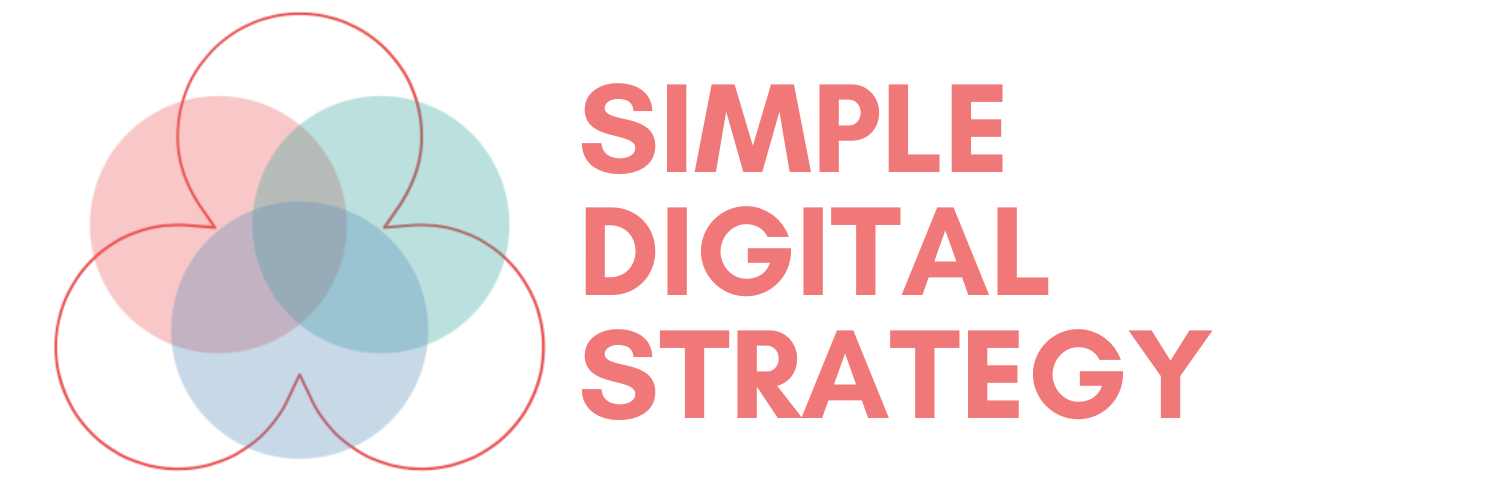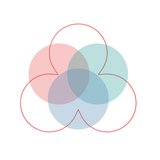The 4 Types of Audience Segmentation (With Real Examples)
Great segmentation starts with understanding the four basic types. In this post, we break them down with examples you can actually apply to your email list, content, or ads.
In this article, we’ll break down the four main types of audience segmentation, when to use each, and how they apply to your content strategy, email marketing, and funnel optimisation.
Want to see this in action? Here are audience segmentation examples you can copy.
Why Segmentation Matters
If you don’t segment, your content sounds generic.
If you segment poorly, your targeting misses.
But if you segment well—you speak directly to what people care about.
This isn’t theory. It’s a practical edge.
The 4 Types of Audience Segmentation
1. Demographic Segmentation
Group people by who they are—age, gender, income, education, location.
Use for:
- Broad targeting
- Ad creative and audience selection
- Early-stage brand positioning
Example:
Promoting a financial planning product to 25–35-year-old professionals with $100k+ income.
2. Behavioral Segmentation
Group based on what they do—downloads, purchases, page views, email clicks.
Use for:
- Content recommendations
- Email sequences
- Lead scoring
Example:
Send a retargeting email to visitors who read 3 blog posts but didn’t subscribe.
To activate these segments across tools, many teams use a Customer Data Platform (CDP) to unify data into one profile.
3. Psychographic Segmentation
Group by values, interests, lifestyles, motivations—what drives decisions.
Use for:
- Messaging and positioning
- Copywriting tone and emotional hooks
- Brand alignment
Example:
Efficiency-seekers get templates. Vision-driven founders get long-form strategy posts.
4. Funnel-Based Segmentation
Group by stage of awareness or buyer journey—cold, warm, hot.
Use for:
- Matching content to intent
- Guiding leads through a sales funnel
- Optimising lead magnets
Example:
Awareness: “What Is SEO?”
Consideration: “SEO vs Paid Ads”
Decision: “Book a Free Strategy Call”
Combine Segments for Real Power
The best segmentation doesn’t use just one type.
Example:
Growth-focused founders (psychographic)
Who’ve read your segmentation guide (behavioural)
and subscribed via your homepage (funnel-aware)
→ Now you can speak to them with precise, helpful, trust-building content.

